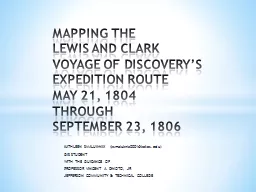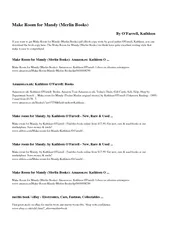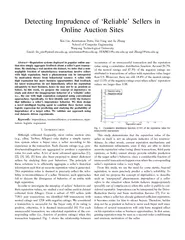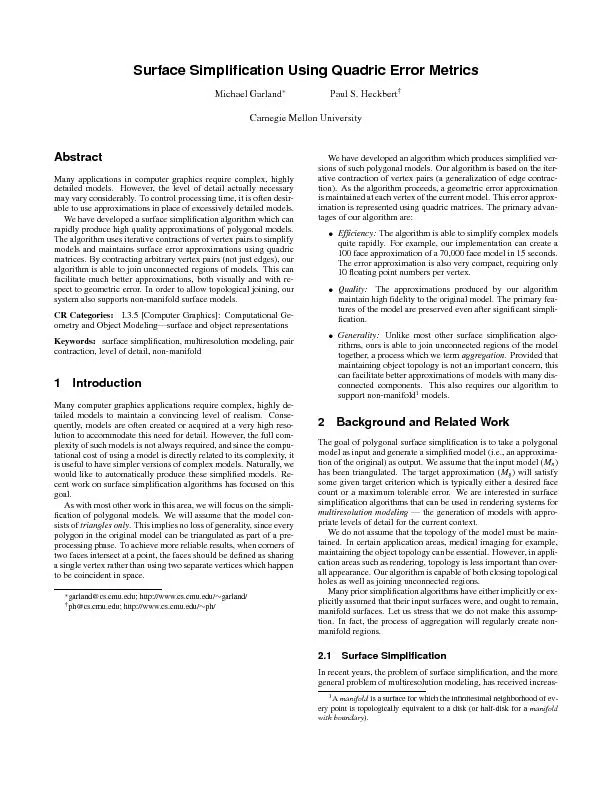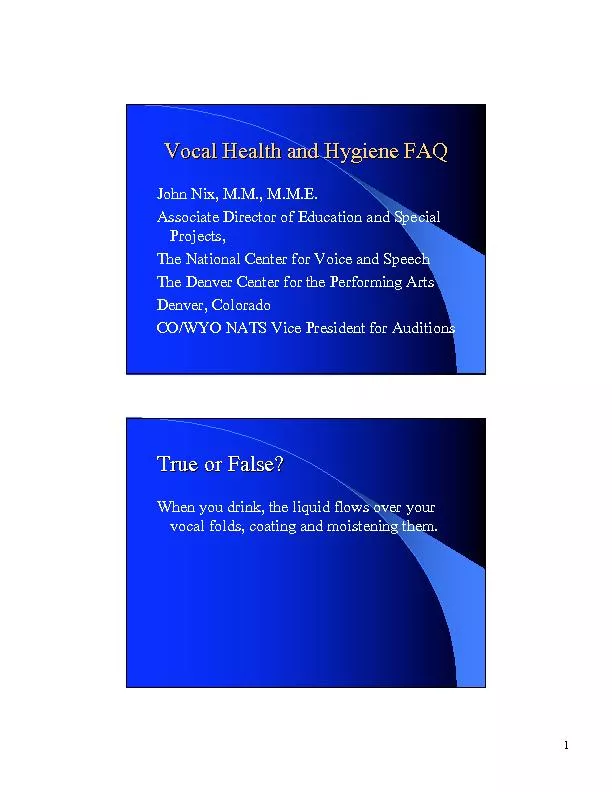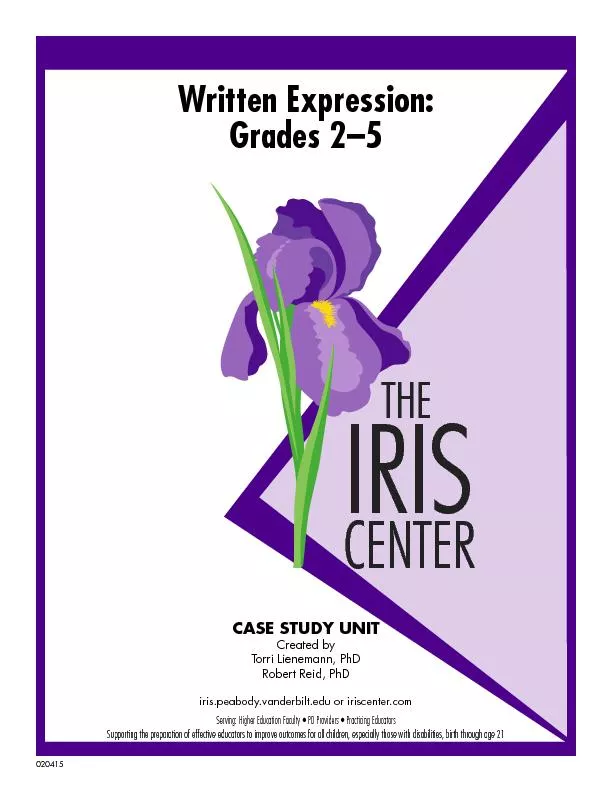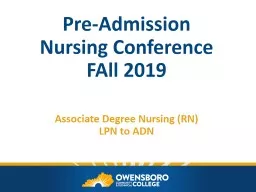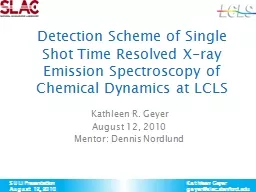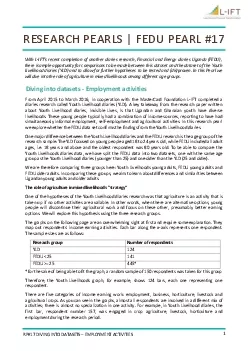PPT-KATHLEEN SMALUK-NIX (ksmaluknix0001@kctcs.edu)
Author : stefany-barnette | Published Date : 2016-02-27
GIS STUDENT WITH THE GUIDANCE OF PROFESSOR VINCENT A DINOTO JR JEFFERSON COMMUNITY amp TECHNICAL COLLEGE MAPPING THE LEWIS AND CLARK VOYAGE OF DISCOVERYS EXPEDITION
Presentation Embed Code
Download Presentation
Download Presentation The PPT/PDF document "KATHLEEN SMALUK-NIX (ksmaluknix0001@kct..." is the property of its rightful owner. Permission is granted to download and print the materials on this website for personal, non-commercial use only, and to display it on your personal computer provided you do not modify the materials and that you retain all copyright notices contained in the materials. By downloading content from our website, you accept the terms of this agreement.
KATHLEEN SMALUK-NIX (ksmaluknix0001@kctcs.edu): Transcript
Download Rules Of Document
"KATHLEEN SMALUK-NIX (ksmaluknix0001@kctcs.edu)"The content belongs to its owner. You may download and print it for personal use, without modification, and keep all copyright notices. By downloading, you agree to these terms.
Related Documents

